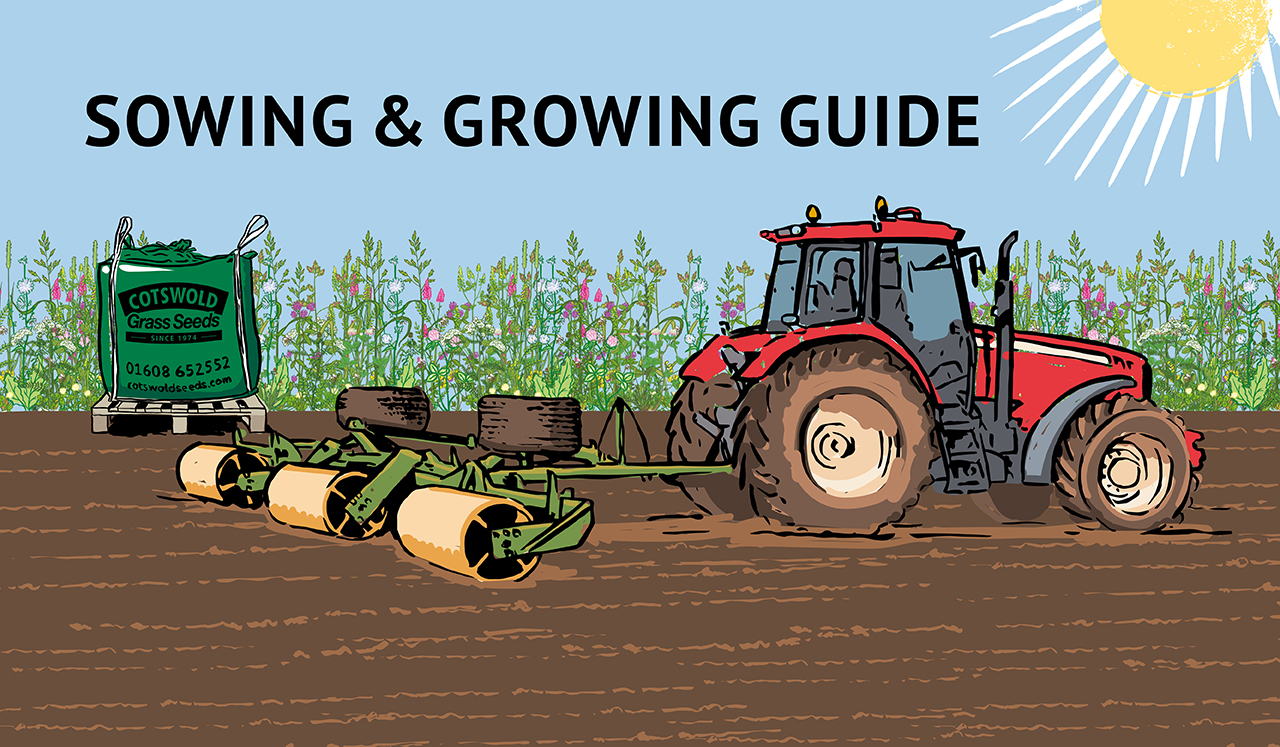

When to sow: This fast growing forage crop can be sown anytime from spring through till early autumn providing soil moisture is sufficient, Its vigorous growth habit means it has a flexible utilisation period and depending when sown, it can provide summer, autumn and winter grazing.
It produces high yields of palatable forage which is ideal for finishing lambs and will also provide valuable fodder for beef and dairy cattle over the autumn/winter months with some crops ready to utilise within 12 weeks of sowing. Interval has good disease resistance to mildew meaning that the crop is grazed well with minimal waste.
Soil test 6-8 weeks prior to sowing, Optimum pH6.2. It's important to sow on well drained ground for winter grazing.
Sowing Rates: 3 kg per acre - 7.5 kg per ha.
Sowing: Can be direct drilled with a Moore Uni-Drill (or similar). If a root crop is to follow a grass ley, glyphosate can be applied to the grass prior to mowing. Once the grass is removed, seed can be direct drilled into its stubble and can establish quickly unhindered by weeds. A good dose of slurry or FYM should be applied before sowing if possible.
Alternatively a seedbed can be prepared with the seed shallow drilled or broadcast and rolled. Provided moisture is available, quick growing forage brassicas can be broadcast 3 weeks before harvest into standing cereals.
Management: Check livestock regularly whilst feeding brassicas and avoid introducing them onto brassicas when hungry to avoid digestive upset.
Electric fencing allows the crop to be fed at a controlled rate and should be long enough to give all stock access to the crop face. By doing this there is also less wastage through trampling. A runback – a dry, lying area somewhere in the field where the animals can retreat from the crop and avoid becoming too wet and dirty – is essential.
As brassicas have low levels of trace elements, particularly iodine, selenium and copper, it is important to provide minerals or to bolus ewes. Provide supplementary fibre such as hay, haylage or straw and access to clean water.
Forage crops are susceptible to flea beetle especially the slower growing species like Kale, flea beetle activity should be monitored during seedling emergence and cotyledon stage.
Nutrient requirements
These crops need 70 kg N, 50 kg P and 50 kg K per hectare.
Date Posted: 29th November 2023



